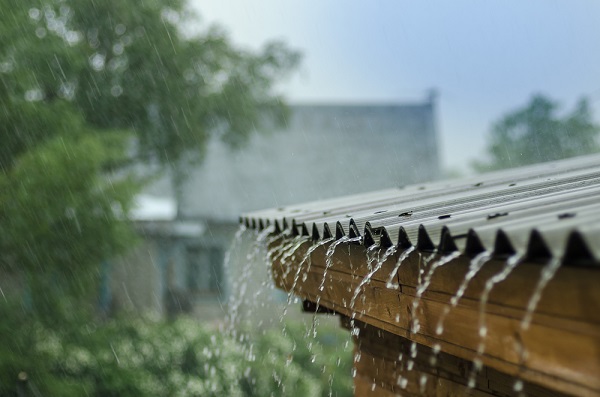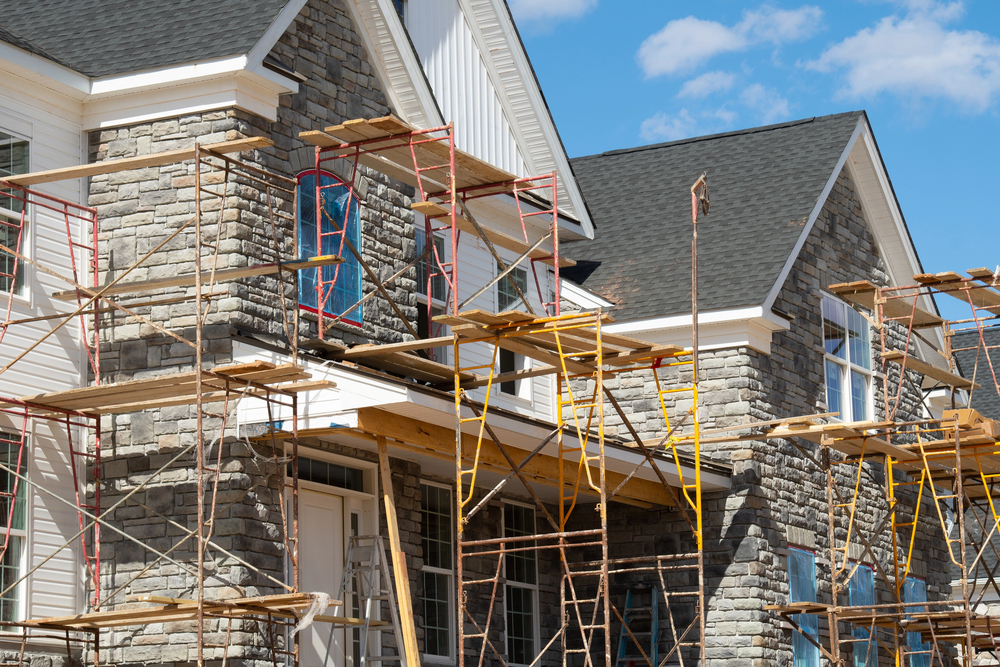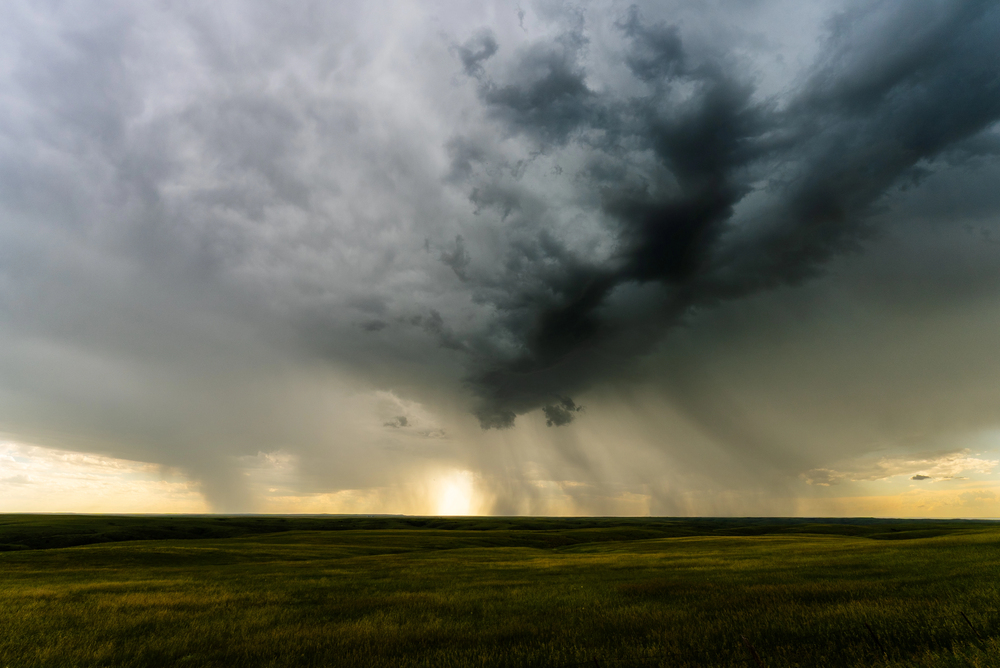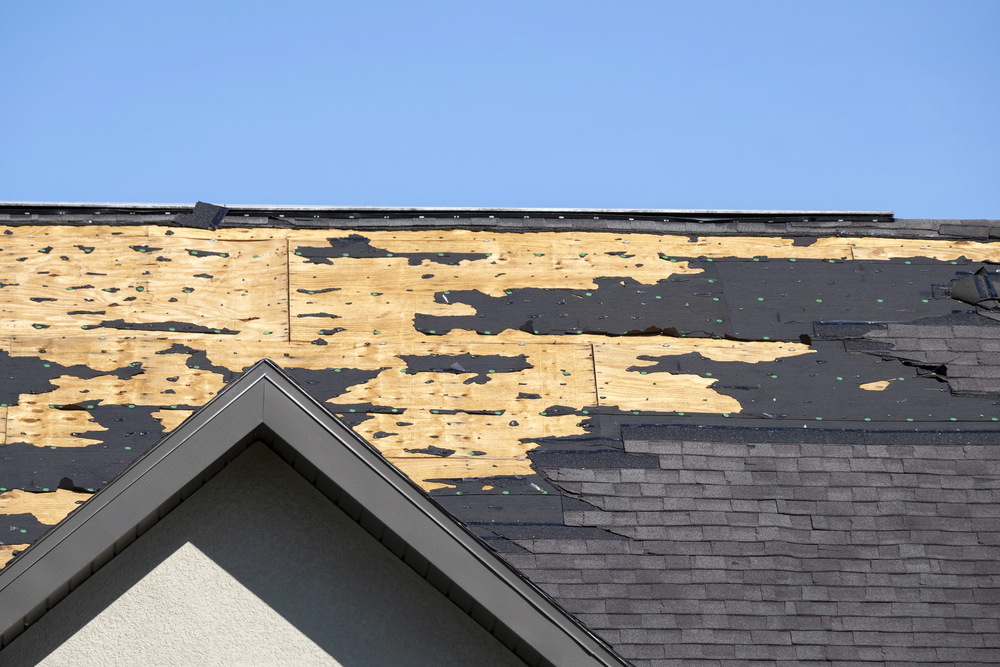Are Your Homeowners Clients Adequately Prepared for Water Losses?

By: Jacquelyn Connelly
Although 90% of homeowners say they are “vigilant” or “do an OK job” at preventative home maintenance, the majority fail to take the right action, according to recent data from Chubb.
For example, only 47% of homeowners check their appliance hoses, while only 41% conduct water heater maintenance.
Considering water damage is the leading cause of property losses for homeowners, it’s crucial to help your personal lines clients not only obtain the right insurance coverage, but also take important risk mitigation steps to prevent claims from happening in the first place.
The Right Coverage
Thanks to the spotlight on flood insurance coverage gaps during Hurricanes Harvey and Irma, more consumers are now aware that a homeowners policy is not designed to protect against property damage caused by flooding.
But beyond flood insurance gaps, many homeowners policies also contain limitations on how coverage applies to water damage, says Ana Robic, COO, Chubb Personal Risk Services.
“For example, if water backs up from a drain which is blocked or is backing up from the sewer, damaging a finished basement and its furnishings, many policies will apply a coverage sublimit—restricting the amount payable for this damage and leaving the homeowner responsible to pay out of pocket for additional costs above the sublimit,” Robic explains. “Some policies exclude back up coverage entirely.”
For plumbing-related water damage, many policies limit coverage to only the elements specifically damaged by the water.
In a scenario where the base cabinets in a kitchen sustain damage from a leaking plumbing connection to a sink, for example, “there would be no coverage to replace the undamaged wall cabinets if exact replacement base cabinets are no longer available,” Robic says. “Policyholders would have to either make do with mismatched kitchen cabinets or pay for the wall cabinets themselves.”
Robic also encourages agents to pay special attention to the subject of home renovations. “Expensive past renovations, such as a home theater, a gourmet kitchen with custom cabinetry and high-end appliances, or a luxurious master bedroom/spa bath, can significantly increase the potential cost of future repairs or rebuild after a major loss,” she points out.
Because many homeowners neglect to inform their agent about their remodel projects, “it leaves their home vastly underinsured,” Robic says. “At the time of a devastating loss from natural catastrophe, clients do not want to discover that they do not have adequate coverage limits. Agents and brokers can provide a full review of the risks that can impact an individual and their family, and make insurance product recommendations to meet their specific needs.”
Preventive Measures
On that note, if your clients are planning renovations, “there are steps they can take that are fairly low-cost that can make a structure more resilient” against water damage, says Tanya Brown-Giammanco, lead researcher on the Insurance Institute for Business & Home Safety’s Hurricane Harvey Wind Damage Investigation Report.
For example, “if you’re going to be re-roofing anyway because your roof is worn out, maybe you want to consider a sealed roof deck,” Brown-Giammanco suggests. “That will help keep the water out in the event of roof damage in the future. A lot of times, it’s about those small details. You have to have a roof, so why not pick a more resilient one?”
According to Chubb, homeowners are 40% more likely to experience a weather-related water loss during the cold winter months. To prevent ice damming, “homeowners can install a rooftop snow melt system, keep drains and gutters free of debris that might restrict drainage, and insulate light fixtures in the ceiling below any unheated attic space,” Robic recommends.
Among non-weather water exposures, failure of a plumbing supply system is the No. 1 cause loss, according to Chubb. Whether it’s a slow, undetected leak or a sudden pipe rupture, “water can cause extensive, inconvenient and expensive damage to a home,” Robic says. “Agents and brokers should take the time to engage on water-related risks with their clients.”
Robic encourages homeowners to inspect and perform regular maintenance on major appliances, including water heaters, dishwashers, washing machines, ice makers and refrigerators.
Angi Orbann, vice president of Product Personal Insurance at Travelers, suggests homeowners look into smart devices that can alert them to problems before they turn into significant losses.
For example, “they could put water sensors either underneath a sink they think could be a problem, or down in a basement where those supply lines exist, so they can get notifications on their phone for a potential loss event and react quicker,” Orbann explains. “Usually it’s just the extent of time lapse that causes the most severe damage.”
Similarly, Robic recommends that homeowners install an automatic water leak detection and shut-off device, which can automatically turn off the water when a small leak is detected or too much water is flowing through a home’s plumbing.
“If a homeowner does not have an automatic water shut-off device for the home, the second-best protection is to manually shut off your water supply when leaving for a weekend trip or vacation,” Robic suggests. “Shutting off the water is especially important for vacation or secondary homes where you may not be back for weeks or months at a time.”
All these preventive measures are steps your homeowners clients may not be thinking about—and reminding them of how they can best fortify their biggest asset to make it more resilient can help you solidify your role as their trusted adviser.
“Even if they have insurance coverage, most people underestimate the amount of time and effort and heartache you have to go through to put your life back together after a major claim,” Brown-Giammanco points out. “Insurance will help you on the financial side, but if you have particular memorabilia, if you would struggle to go through an inventory of all the things that were missing—insurance can’t replace your time and your memories.”
Jacquelyn Connelly is IA senior editor.










